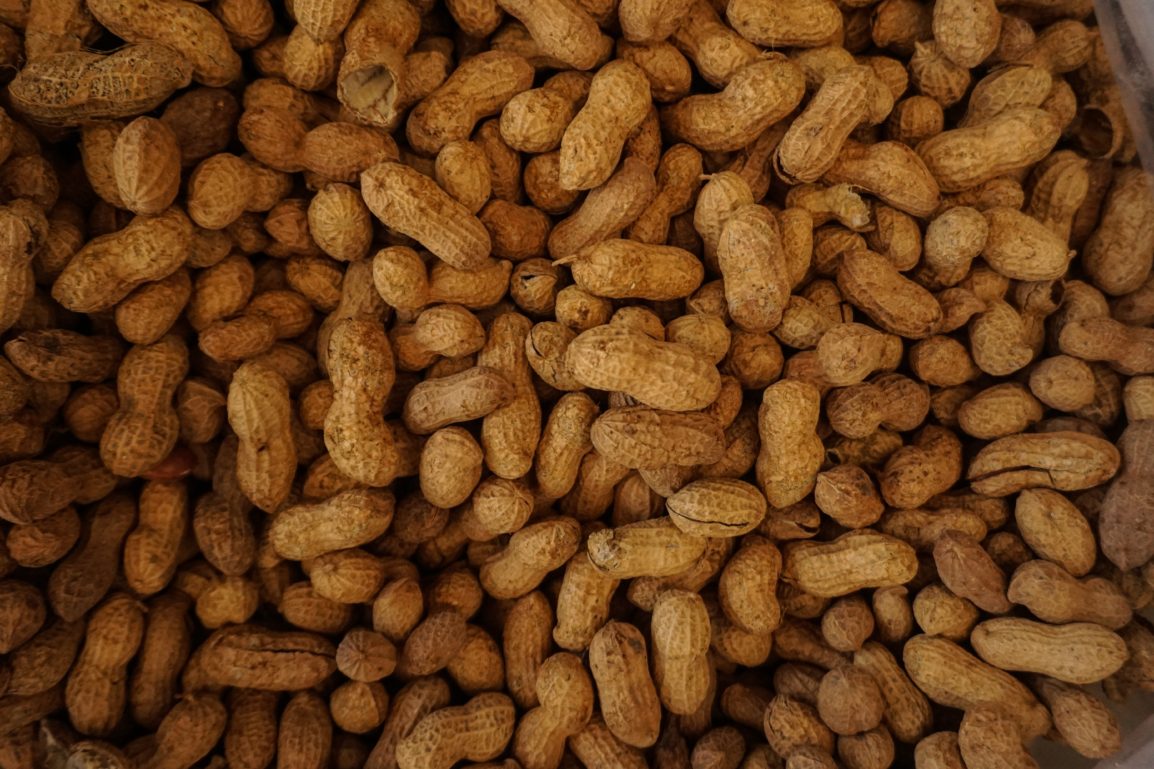An allergy to nuts can be life-altering. Learn how to handle this diagnosis to ensure your child remains happy and healthy.
An allergy to peanuts is one of the most widely talked about allergy these days even though only about .6-1% of people suffer from it. The reason for this, according to the Peanut Institute, may be due to the prevalence of peanut allergies doubling between 1997 and 2002. Whatever the case, if you are worried your child suffers from an allergy here is what you can do:
First, don’t take a chance. If you notice eating peanuts or peanut byproducts (or any food for that matter) has an adverse effect on your child, don’t try to reproduce it by feeding it to them again. Instead, get a referral from your pediatrician to see a pediatric allergy specialist. This is the safest, surest way to know if your child has an allergy and the doctor will also give you the best advice on how to combat bad reactions to it.
Be sure you know exactly what your child’s allergens are. Not only can they be sensitive to more than one thing at a time, but nut allergies are often cross-relative, meaning that the proteins in one food causing the adverse reaction can be found in other, similar foods or substances.
Some symptoms that can occur during a reaction include upset stomach and diarrhea; tight, itchy mouth or throat; red, irritated skin; runny or stuffed up nose; difficulty breathing. If your child shows any of these signs, consult their doctor. If your child shows signs of a drop in blood pressure, trouble catching their breath, swelling in their throat or feeling light-headed, take them to the emergency room.
Fortunately, allergies are often outgrown, and one in five children will outgrow their nut allergy. In the meantime, keep on hand any allergy medication you are prescribed and ensure it is replaced when it expires. If your child’s reaction is more severe, keep an epinephrine injection on your person.
To avoid needing to use those medications, always check food packaging for labels that say “may contain nuts” or “produced in a facility that processes nuts.” Familiarize yourself with products that use peanuts so that you can steer clear of them. Examples of ingredients that contain the peanut protein include archaic oil, beer nuts, mandelonas, nutmeat, peanut flour, and Virginia peanuts. Check out kidswithfoodallergies.org for a helpful list of ingredients to look for.
Don’t be afraid to ask your server when you’re eating out if your meal will contain peanuts or come in contact with them. Most restaurants would rather ensure that they don’t expose you to the allergen then have you suffer a reaction from their food.
Be sure to make your child’s school aware of their allergy. They need to know in order to prevent your child’s allergy being triggered but also what to do if they start showing symptoms of exposure to peanuts.
Make an emergency plan on what to do if your child suffers a reaction. The plan should include how to recognize a reaction and how to administer medication to treat it. You should also include emergency contact numbers. Give this to anyone who will be caring for your child from grandparents to babysitters.
One of the most important things you can do for your child is explain to them truthfully why they can’t eat certain foods. It can be a difficult conversation to have especially if they suffer severe side effects, but try to be honest and simple. Let your child know that they can eat plenty of other yummy foods they will love and that together you can avoid the foods that will make them feel bad.

